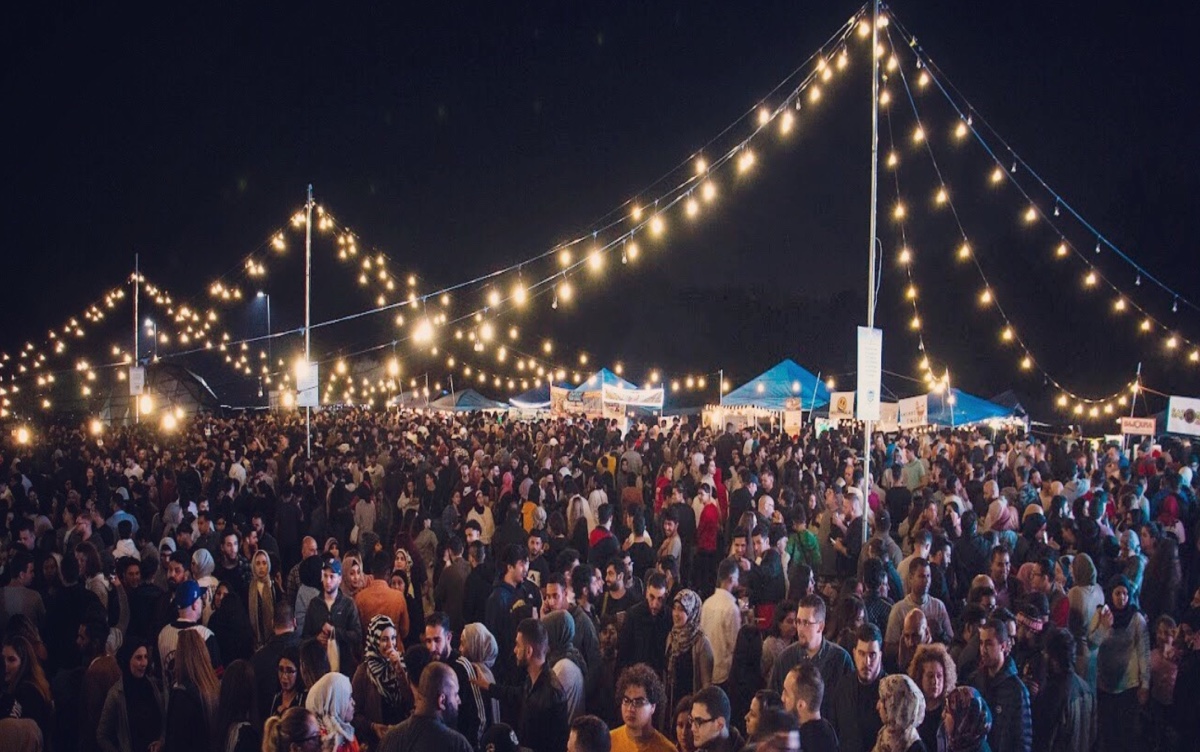New Orleans: The Aftermath
By Sumaiya Khwaja
An exclusive Muslim Media New Service (MMNS) report
On August 29, 2005, the city of New Orleans had suffered through one of the worst hurricanes in history. It is now a year later, and residents are still attempting to get their lives back together.
New Orleans is a lot like a crashed computer whose owners neglected it in its downfall, and then rushed to revive it, only to learn that it just might not happen overnight.
“Everything’s been changing in the last few months,†says long time New Orleans resident Maqbool Ibrahim. “That gas station over there,†he points to said gas station as we drive by; it looks as good as new. “was almost nothing a couple months ago. It received a lot of damage during the hurricane.†He continues to point out buildings and such that had been severely damaged during the hurricane, and have now been repaired.
The Ibrahim family, like many others, fled to the farthest and safest place possible during the time Katrina hit. They returned a few months later to find the city nearly dead. Almost every single rooftop had been covered with plastic blue sheets – to show that the roof had been damaged during the hurricane, and needed to be fixed. Few of those sheets still remain as, inch by inch, the city is restored.
These areas are just the ones that had minor wind damage or flooding. As you go deeper into the city, the more you notice the impact of the monster that was Katrina. Saint Bernard Parish is just one of the many cities that was flooded to the rooftops in rain water. It’s located on one of the boundaries of the Ninth ward, which had experienced catastrophic flooding in Katrina. The population of this city consisted of mostly African Americans and Hispanics.
“It seems almost as if they have forgotten about this place,†says Ibrahim. The city is definitely a sight for sore eyes. Rooftops are not where they’re supposed to be, a run down car sits in someone’s back yard, obviously flung there by strong winds in Katrina, few people roam the streets; it’s nearly a ghost town. “The houses were already shabby and run down before the hurricane, they didn’t stand a chance against Katrina.â€
The owners of these houses who came back to see what had become of their home, and saw nothing in their future, now live in trailers lined up side by side on an open field. These trailers also stand in front of houses that had received severe damage, but could be lived in by residents after a few major repair jobs.
Masjid Yaseen is one of the many mosques that experienced severe damage. It’s located in the Ninth Ward, and until the spring of 2006, many had thought it would never reopen. Two trailers stand in front of the mosque now. Prayers are now being held, and what’s left of the Muslim population of St. Bernard – which consists of mostly South Indians and few African Americans – can and do attend now. The Quran school located right next to the mosque has yet to open, no one knows when this is to happen.
A few mosques, such as Masjid Al-Islam, have closed down due to severe damage. The few people who are left had to find a different mosque to attend.
“I’m a regular at Masjid Al-Tawbeh,†Ibrahim informs. “Before Katrina, there were mostly Pakistani families that attended the small mosque. Now, there are many people who have no where to go, so they come here. It gets very, very crowded here, especially during Salat Al-Jumah. It was a very small mosque to begin with, it can’t handle much.â€
The mosques are in need of improvement, and the Muslims in the surrounding areas are doing the best they can to restore their mosques and their lives.
“We need to stay strong, for ourselves, for each other, and for New Orleans. There is a lot of hope for the next year,†says Ibrahim, with confidence. “Time is the key here. As time goes by, the city will return to its normal state. All of the Muslims need to stay together, and pray for our well being. We can get through anything with Allah on our side.â€
8-36











2006
1,117 views
views
0
comments